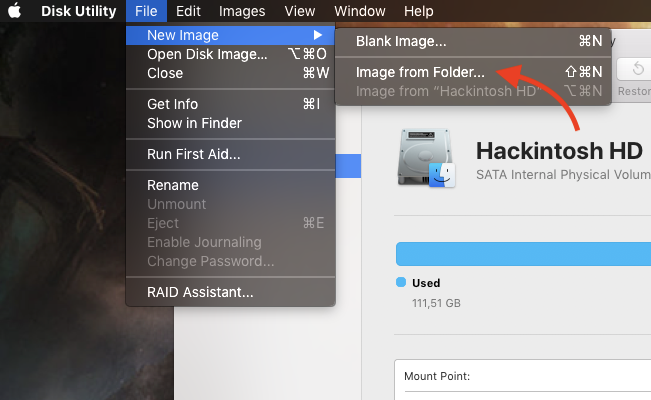- Disk Image .dmg Does Not Ask For Password When Encrypted Email
- Disk Image .dmg Does Not Ask For Password When Encrypted Data
- Disk Image .dmg Does Not Ask For Password When Encrypted File
- Disk Image .dmg Does Not Ask For Password When Encrypted Pdf
Disk Image.dmg Does Not Ask For Password When Encrypted Key. Create Encrypted Disk Image. Make sure you do NOT check the Remember password in my keychain box. If you enter the password correctly, the image will be mounted like a drive and if you chose read/write for the Image Format, then you can add or remove items from the encrypted image. Disk image.dmg does not ask for password when encrypted work. Open a Finder window, click “Applications” in the sidebar, double-click the “Utilities” folder, and then double-click the “Disk Utility” item. Here are the options you’ll need to configure.
Universal Disk Image Format (UDIF) is the native disk image format for Mac OS X. Disk images in this format typically have a .dmg extension.You can create DMG from a specific folder with all files represented in it. Later this DMG can be transferred, shared with other persons.By adding AES-256 key password to your image, you have a crypto container with a flat-file system in it. It can be mounted once there is a need in files located on the image and unmounted at any time.More than that you can safely send it by a public network to persons that will interact with the same file structures, the main thing is safely providing the password that will be used for container decryption.Here are the basic operations on the MAC OS to create DMG attach it work and unmount.
Disk Image .dmg Does Not Ask For Password When Encrypted Email
Creating a disk image or a copy of the entire contents of your hard drive, DVD, or CD can be a life saver. But did you know that an encrypted disk image works just like any regular disk image, only it requires a password to open and become available. As with a non-encrypted disk image, you can move files to or from an encrypted disk easily, it’s just far more secure.
Disk Image .dmg Does Not Ask For Password When Encrypted Data
To help you create an encrypted disk image, we’ve provided a step by step process for Mac, Windows and Linux users:

MAC Users
- Open “Disk Utility” > located in Applications/Utilities.
- Click the “New Image” button or choose File > New > Blank Disk Image.
- Type a name in the “Save As” field for the disk image (.dmg) file.
- At this point you’ll have the option to change the save destination if you wish.
- Select a size for the disk image file from the “Size” pop-up menu.
- Choose a different volume format if you don’t want to use the default Mac OS X Extended (Journaled).
- Choose an image format. You can use “sparse disk image” for a disk image that only uses as much space as it needs, rather than a set amount of space. If you’re not sure, use the “read/write disk image” option.
- Select the 128-bit AES encryption (and/or 256-bit AES in Mac OS X v10.5 or later) from the encryption pop-up menu to encrypt the image’s contents with a password. If you don’t choose an encryption, your new image won’t be encrypted.
- Click the “Create” button.
- You’ll then be able to enter and verify your password in the window that appears. Bear in mind that this password will be automatically saved in your keychain by default unless you deselect this option.
- Click “OK” and your encrypted disk image will be complete.
Windows Users with Bitlocker
Disk Image .dmg Does Not Ask For Password When Encrypted File
- First open the “Disk Management” tool in Windows in order to begin creating the VHD file. Press the Windows Key & R to open the “Run” dialog, then type diskmgmt.msc and press Enter/click “OK”.
- In the next window, click Action > Create VHD.
- Enter a desired size and location for the VHD file. If you want to enlarge the VHD file, you can do this later. Please note, the file must be at least 64 MB in size to encrypt with BitLocker.
- The disk image will appear as another disk in the Disk Management window. Right click it and select “Initialise Disk”.
- Then, select MBR (Master Boot Record). Right-click the unallocated space on the drive in the window and select “New Simple Volume”. Go through the wizard and give your drive a meaningful name.
- Your new VHD file will appear as a new drive in File/Windows Explorer. Right-click on the new drive and select “Turn on BitLocker” to enable BitLocker for the drive.
- Follow the Bitlocker setup process and choose a strong password and create a copy of your recovery key.
- Your encrypted disk image will be complete without any reboot necessary.
Disk Image .dmg Does Not Ask For Password When Encrypted Pdf

Please note: If you forget the password to your encrypted disk image, you will not be able to retrieve your data.

Richard is the founder of USB Makers and oversees all business activities including marketing, customer service and business strategies.